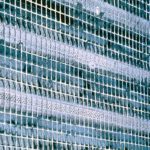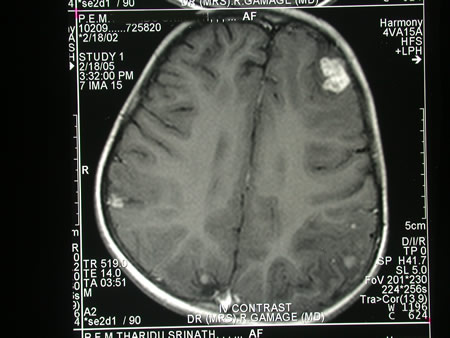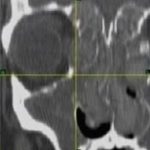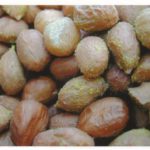Date: 26 November 2013
Image c. 3 yr old boy with CNS aspergillosis pt TS. MRI scan pre-amphotericin B
Copyright: n/a
Notes:
A 3 year old boy, quite active and healthy clinically, who has CNS aspergillosis. He was first seen about 4 months ago for a red eye, which turned out to be panophthalmitis; culture yielded Aspergillus spp. He received 2 weeks of iv amphotericin and was sent home by the ophthalmologists. No h/o eye trauma. He returned 2 weeks ago with focal fits, and the MR showed several lesions bilaterally (including ring enhancing lesions) and normal sinuses, and a brain bx showed fungal hyphae (no culture this time). His immune status (normal WCC and neutrophil function so far) was investigated.
He was given conventional amphotericin for 8 weeks, and switched to oral itraconazole. We had to limit the ampho to 0.7 mg/kg owing to toxicity (mainly hypokalaemia).
The MRI scan was repeated at about 6 weeks, and generally showed good improvement (scans e-h). The enhancement/flare were gone but remained in a few lesions, the lesions themselves were all either gone or much smaller. Further investigations revealed the child was immunocompetent.
Patient was switched from amphotericin to oral itraconazole at week 8 essentially on a clinical assessment. Awaiting follow-up.
Images library
-
Title
Legend
-
Aspergillus – Immunodiffusion Test showing stong immunoprecipitin lines against aspergillus.

-
Talaromyces macrosporus- very short heat treatments of dormant ascospores at 85 C are able to activate these spores to germinate within 1 minute. One stage of germination is a very quick bursting of the thinly walled inner cell through the thick ornamented outer cell wall of the spore.
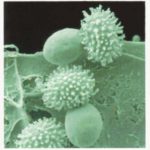
-
RAPD profiles of 14 A fumigatus isolates from Swedish and New Zealand saw mills, generated with primer R108. Mwt markers (lambda with Pst1) indicated by M.
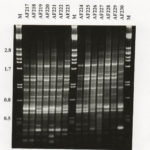
-
These 3 images show non-union of the sternum post-aortic valve replacement as a result of local Aspergillus fumigatus infection. Underlying the sternum is some soft tissue which is presumptively also infection and in the most inferior image, the pericardium is also invoved.
The patient also is diabetic, with rhematoid arthritis and ulcerative colitis and occasionally receives a course of corticosteroids. The wound discharged pus which grew A. fumigatus. It was managed conservatively with itraconazole initally, with failure of therapy over 3 months.
 ,
,  ,
, 
-
CHEF gel of A. fumigatus chromosomes. The electrophoretic karyotype of two isolates of A. fumigatus is shown. The chromosomal bands have been resolved using Bio-Rad CHEF DRII equipment. The sizes of the bands vary between the two isolates and at least five bands have been resolved using the following conditions: chromosomal grade agarose (Bio-Rad) at 1.2 % in 1 x TAE buffer was used; the gel was run with a field strength of 1.8 V/cm for 48 h with a switch time of 2200 s and for 71 h with a switching ramp

-
Aspergillus ear rot and storage mould – Aspergillus flavus and Aspergillus parasiticus can produce aflatoxins are generally known as storage fungi, but they can also cause ear rots in the field. These species are observed as a gray-green, powdery molds and they can be detected in corn because they produce compounds that are fluorescent under black light.

-
Environmental and sick building images. Dirty ventilation intake ducts
